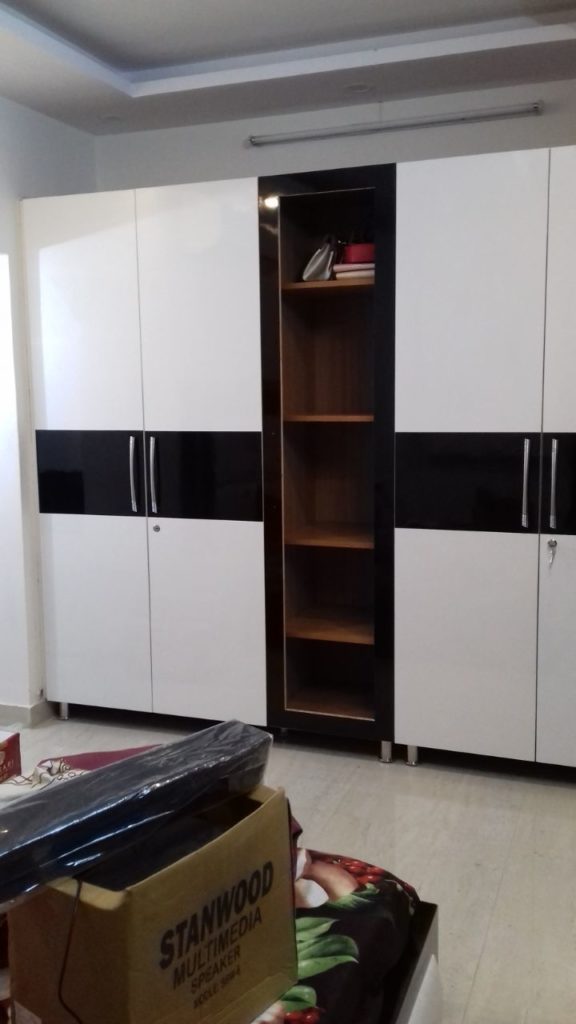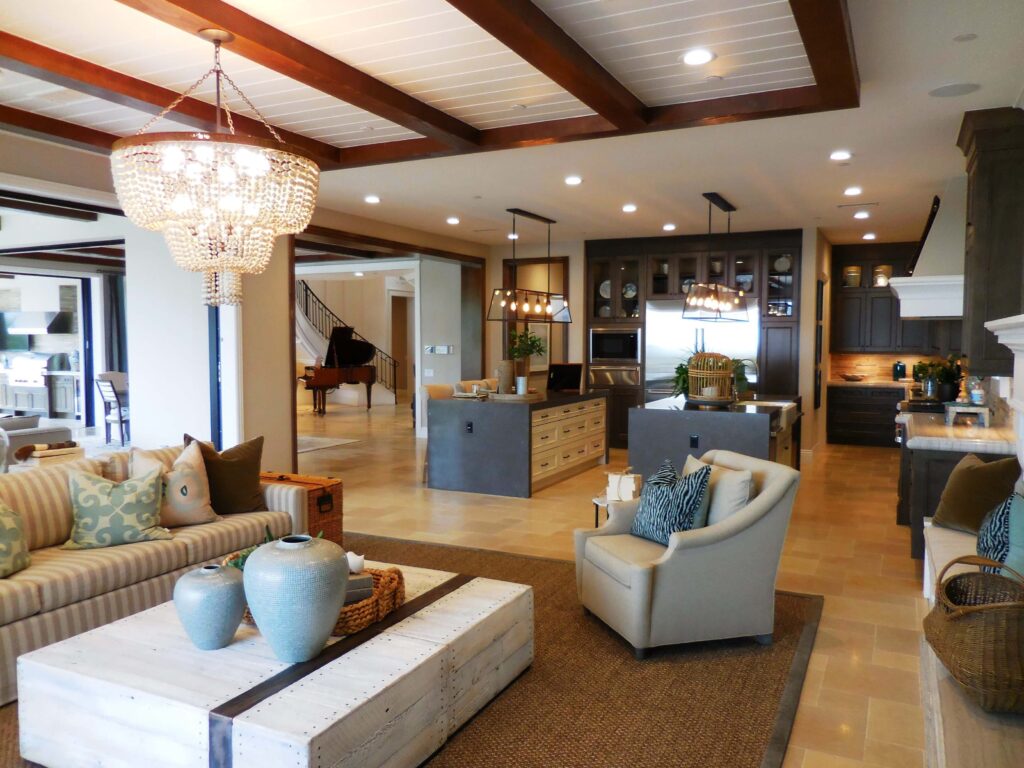Interior design is a multidisciplinary field that requires a combination of artistic and technical skills. While science students may have a strong foundation in mathematics and physics, arts students bring a unique perspective to the field. Their understanding of color theory, composition, and aesthetics can greatly enhance their ability to create visually appealing and functional spaces.
One of the key advantages of pursuing a Bachelor of Arts in Interior Designing course is that it provides a comprehensive education in both the theoretical and practical aspects of interior design. Students learn about design principles, space planning, materials, and construction techniques. They also gain hands-on experience through internships and design projects, which allow them to apply their knowledge in real-world settings.
Furthermore, arts students often possess excellent communication and presentation skills, which are essential for working with clients, contractors, and other professionals in the industry. They are trained to effectively communicate their design ideas through sketches, renderings, and 3D models. This ability to visually communicate ideas can be a valuable asset in the field of interior design.
Moreover, the field of interior design is constantly evolving, with new trends and technologies emerging. Arts students are typically more open to experimentation and innovation, which can give them a competitive edge in the industry. Their ability to think outside the box and push boundaries can lead to unique and groundbreaking design solutions.
While it is true that arts students may need to acquire some technical skills and knowledge in areas such as drafting, computer-aided design (CAD), and building codes, these can be learned through specialized courses or on-the-job training. The most important qualities for a successful interior designer are creativity, passion, and a willingness to learn and adapt.
In conclusion, an arts student can definitely become a successful interior designer. With the right education, training, and a strong artistic background, they can excel in this field and contribute their unique perspective to the world of design.
4. Collaborating with Other Professionals
Interior design projects often require collaboration with professionals from various fields, such as architects, contractors, and engineers. Arts students, with their ability to think creatively and communicate effectively, can excel in such collaborative environments. A BA in Interior Designing equips arts students with the knowledge and skills to effectively collaborate with other professionals, ensuring that the design vision is translated into reality seamlessly.
5. Exploring Diverse Design Styles
Arts students are exposed to a wide range of artistic styles and movements throughout their education. This exposure allows them to develop a versatile design aesthetic and an appreciation for various design styles. With a BA in Interior Designing, arts students can further explore and experiment with different design styles, from minimalistic and contemporary to traditional and eclectic. This versatility can be a valuable asset in the competitive field of interior design.
6. Enhancing Presentation and Visualization Skills
Effective presentation and visualization skills are essential in the field of interior design. Arts students, with their experience in presenting their artwork and ideas, already possess a foundation in these skills. However, a BA in Interior Designing provides them with opportunities to further enhance their presentation and visualization skills, enabling them to effectively communicate their design concepts to clients, colleagues, and stakeholders.
7. Building a Strong Portfolio
A strong portfolio is crucial for arts students looking to establish themselves in the field of interior design. A BA in Interior Designing allows arts students to work on various design projects and build a diverse portfolio that showcases their skills and creativity. This portfolio becomes a valuable tool for securing internships, job opportunities, or even freelance projects.
In conclusion, a BA in Interior Designing can be a valuable and rewarding choice for arts students. It allows them to utilize their artistic skills, understand human psychology, develop technical expertise, collaborate with other professionals, explore diverse design styles, enhance presentation and visualization skills, and build a strong portfolio. By combining their artistic background with the knowledge and skills gained from a BA in Interior Designing, arts students can carve out successful careers in the dynamic and ever-evolving field of interior design.
Testing Your Skills
If you are an arts student considering a career in interior design, you can assess your suitability for this field by testing certain skills:
1. Creativity
Interior design is all about creativity. Take some time to explore your creative side by engaging in activities such as sketching, painting, or designing small spaces in your own home. Pay attention to the details and think about how you can improve the aesthetics and functionality of the space. Consider experimenting with different color palettes, textures, and furniture arrangements to see how you can transform a room into a visually pleasing and functional environment.
2. Attention to Detail
Interior designers need to have a keen eye for detail. Practice observing your surroundings and paying attention to the small details that often go unnoticed. This will help you develop a critical eye for design and improve your ability to create well-thought-out spaces. Notice how different elements, such as lighting fixtures, window treatments, and decorative accessories, can enhance or detract from the overall design. Train yourself to spot inconsistencies or imperfections in a room and think about how you would address them.
3. Spatial Awareness
Interior design involves working with spaces and understanding how they can be optimized. Test your spatial awareness by rearranging furniture in your room or visualizing how different elements can fit together in a given space. Consider the flow and functionality of a room and how you can make the best use of the available space. Experiment with different furniture layouts and consider how they affect the overall feel of a room. Develop a sense of proportion and scale, which are essential skills for an interior designer, by experimenting with different furniture sizes and arrangements.
4. Communication Skills
Interior designers often need to collaborate with clients, architects, and contractors. Assess your communication skills by practicing presenting your ideas and explaining your design concepts to others. Effective communication is crucial for successfully conveying your vision and ensuring that your designs are implemented as intended. Practice articulating your ideas clearly and concisely, using visual aids if necessary. Consider how you can effectively communicate your design concepts to different audiences, such as clients who may not have a design background or contractors who need clear instructions for implementation.
5. Research and Knowledge Gathering
Interior design is a constantly evolving field, and staying updated with the latest trends and materials is important. Develop your research skills by exploring different design styles, materials, and technologies. Stay informed about current design trends and innovations by reading design magazines, attending industry events, and following influential interior designers on social media. This will help you broaden your knowledge base and keep up with the ever-changing industry. Consider creating a portfolio of your research findings and design inspirations to showcase your understanding of current design trends and your ability to incorporate them into your work.
By testing these skills and assessing your interest and aptitude in interior design, you can determine if pursuing a BA in Interior Designing is the right path for you as an arts student. Remember, these skills can be further developed through formal education and hands-on experience, so don’t be discouraged if you feel you have room for improvement. With dedication and passion, you can build a successful career in the exciting field of interior design.

